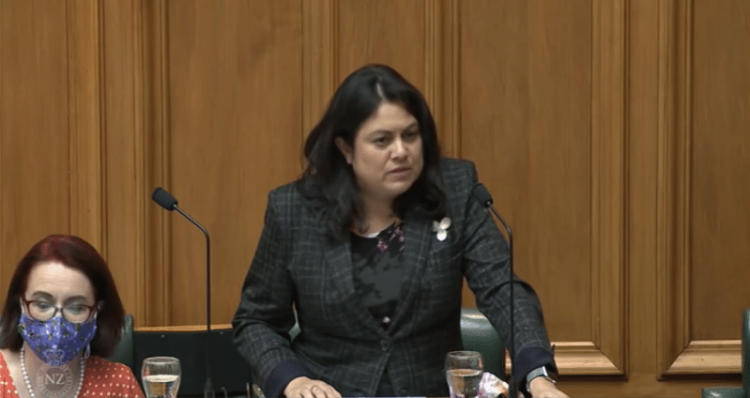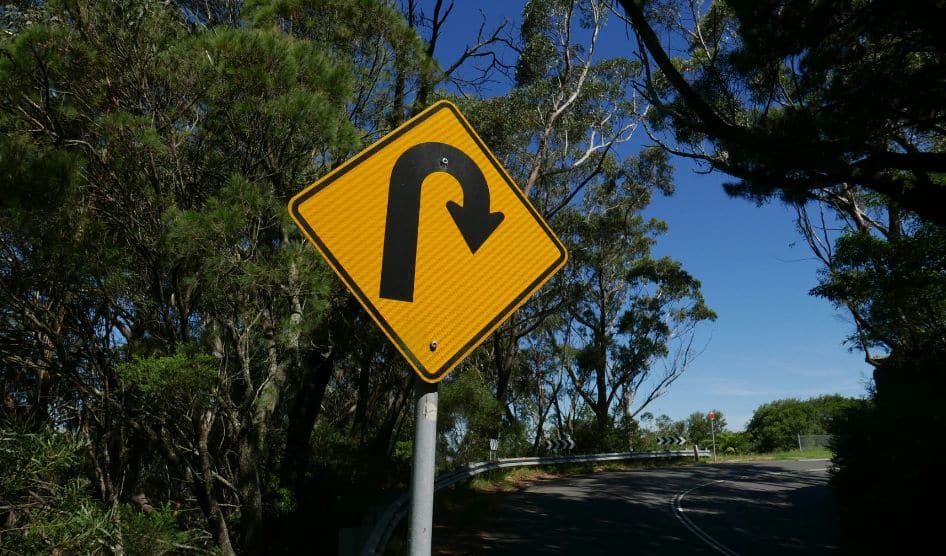
New Zealand Smokefree 2025 Action Plan ‘shouldn’t overshadow’ harm reduction progress
New Zealand’s Smokefree 2025 Action Plan, which will outlaw smoking for the next generation, has angered many tobacco harm reduction advocates. But Patrik Strömer of the Association of Swedish Snus Manufacturers believes Kiwi tobacco policy isn’t all bad.
“Policymakers were forced to throw tobacco control a bone so the government could continue down its harm reduction trajectory,” says Strömer.
On December 9th, New Zealand’s Associate Health Minister Ayesha Verrall outlined a new set of measures to help make the country smoke-free.
The controversial plan will first reduce the number of shops allowed to sell cigarettes starting in 2024.
The following year, new rules will enter into force lowering the amount of nicotine permissible in cigarettes.
But the most contentious part of the Smokefree 2025 Action Plan will raise the legal age to purchase tobacco year-on-year starting in 2027 from the current age of 18. Thus, children currently aged 13 and younger face an effective lifetime ban on legally purchasing tobacco.
Smokefree 2025 Action Plan: extraordinary or misguided?
New Zealand’s plan to outlaw smoking received mixed reviews, with some experts hailing it as “extraordinary and far-reaching” while the Economist magazine slammed the policy as “misguided”.
Patrik Strömer of the Association of Swedish Snus Manufacturers believes the plan exemplifies what he calls New Zealand’s “tobacco policy paradox”.
“On the one hand, New Zealand appears very pro-harm reduction,” he says.
“On the other hand, they’ve got some of the most prohibitionist policies that include bans on less harmful alternatives like snus and nicotine pouches.”
Anti-smoking trailblazer
New Zealand has a history of taking bold steps to help reduce smoking. It introduced health warnings on cigarette packages back in 1974.
The island nation passed its first Smoke-free Environments Act in 1990 – one of the first laws of its kind in the word – which banned smoking in public buildings and transportation. An amendment that came into force in 2004 effectively banned smoking in all indoor public spaces and workplaces.
New Zealand has also long had strong restrictions on advertising and has among the highest tobacco taxes in the world. A series of tax hikes implemented since 2016 put the price of a pack of cigarettes above $22.50 – nearly twice as high as the country’s hourly minimum wage.
In addition, snus has long been banned in New Zealand, and nicotine pouches were outlawed in 2020 as part of new vaping legislation that also restricted the sale of flavoured products.
Embracing tobacco harm reduction
But in announcing the passing of the legislation in August 2020, then Associate Health Minister Jenny Salesa stressed the importance of regulating vaping products so they “are still available to smokers who want to quit by switching to less harmful alternatives”.
“We know vaping is not without risks but it is 95 percent less harmful than cigarette smoking,” she said at the time of the bill’s passing.
“The bill also recognises that many smokers need support and advice to successfully move to less harmful alternatives.”
According to Strömer, it’s rare for ministers in any country to offer such unequivocal support of the principle of tobacco harm reduction.
“Even in Sweden, where a less-harmful alternative like snus has been dominant for decades and where the public health benefits of tobacco harm reduction are evident in the country’s low rates of tobacco-related mortality, there are still too few politicians who are prepared to advocate publicly for snus as an alternative to help smokers quit,” he says.
He laments that nicotine pouches, which had been gaining in popularity in New Zealand, are now banned in the country.
Assessing New Zealand’s Smokefree 2025 Action Plan
Nevertheless, New Zealand’s previous experience with vaping makes it a “textbook example” of tobacco harm reduction, says Strömer.
He cites figures in a recent report, “Vaping Works. International Best Practices: United Kingdom, New Zealand, France and Canada”, which clearly show the correlation between dropping smoking rates and the increasing popularity of vaping.
“New Zealand has been trying to balance the realities of tobacco harm reduction success with increasing pressure from ideological-driven tobacco control activists,” he says.
“Thus, New Zealand’s Smokefree 2025 Action Plan is a case where policymakers were forced to throw tobacco control a bone so the government could continue down its harm reduction trajectory.”
Strömer is optimistic that New Zealand’s “fundamental acceptance” of the principle of harm reduction is intact, despite concerns about the new Smoke-free 2025 plan.
“Smoking rates are on the decline and policymakers have embraced reduced-risk products as a way to help smokers in New Zealand quit,” he says.
“We can only hope that as New Zealand’s plan to outlaw smoking takes effect, there will be an increased openness to authorizing other reduced-risk products like nicotine pouches and Swedish snus.”




